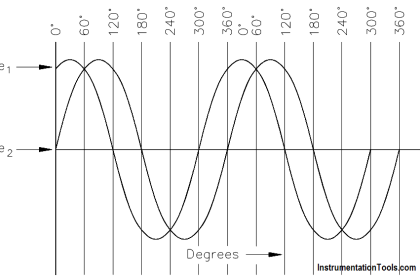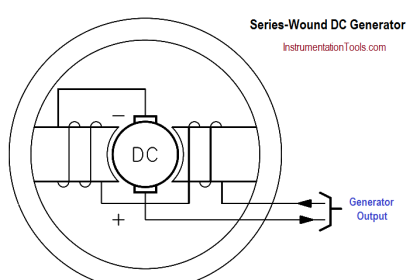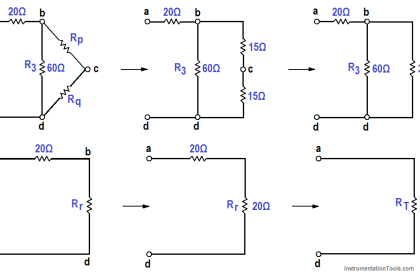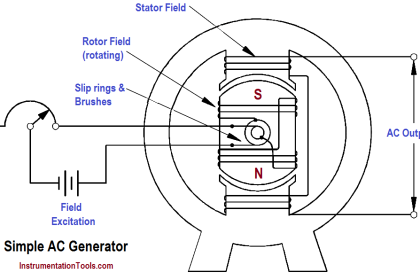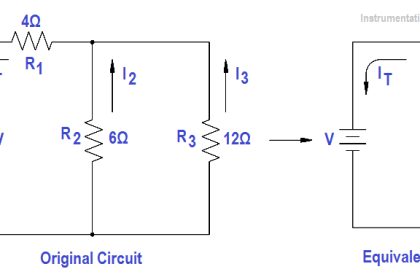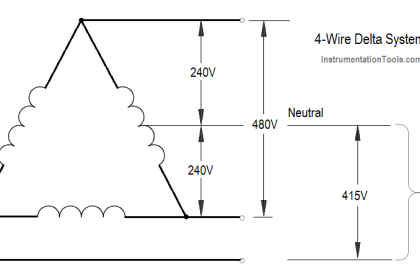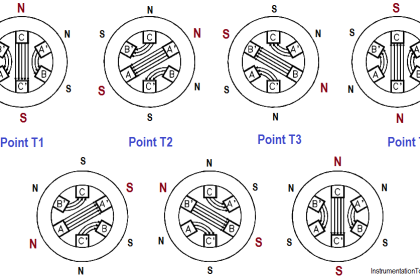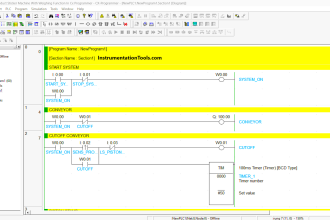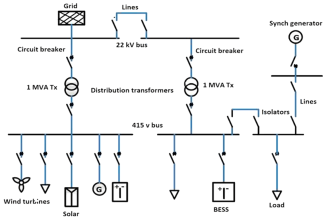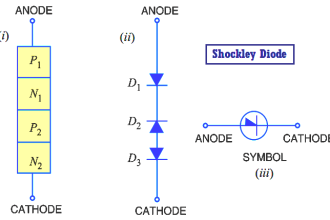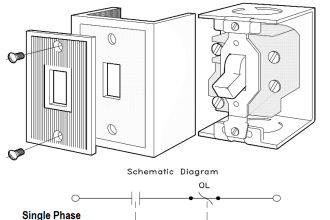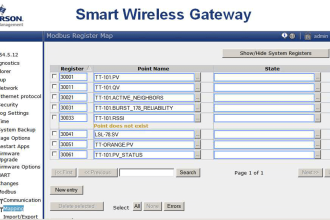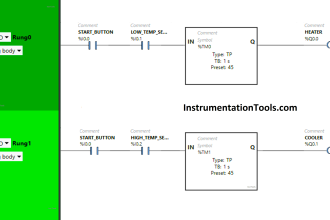Apparent Power
Apparent power (S) is the power delivered to an electrical circuit.
The below Equation is a mathematical representation of apparent power.
The measurement of apparent power is in voltamperes (VA).
S=I2Z = IT E
where
S = apparent power (VA)
I = RMS current (A)
E = RMS voltage (V)
Z = impedance (Ω)
True Power
True power (P) is the power consumed by the resistive loads in an electrical circuit.
The below Equation is a mathematical representation of true power.
The measurement of true power is in watts.
P= I2R = EI cosθ
where
P = true power (watts)
I = RMS current (A) .
E = RMS voltage (V)
R = resistance (Ω)
θ = angle between E and I sine waves
Reactive Power
Reactive power (Q) is the power consumed in an AC circuit because of the expansion and collapse of magnetic (inductive) and electrostatic (capacitive) fields.
Reactive power is expressed in volt-amperes-reactive (VAR).
The below Equation is a mathematical representation for reactive power.
Q = I2X = EI sinθ
where
Q = reactive power (VAR)
I = RMS current (A)
X = net reactance (Ω)
E = RMS voltage (V)
θ = angle between the E and I sine waves
Unlike true power, reactive power is not useful power because it is stored in the circuit itself. This power is stored by inductors, because they expand and collapse their magnetic fields in an attempt to keep current constant, and by capacitors, because they charge and discharge in an attempt to keep voltage constant. Circuit inductance and capacitance consume and give back reactive power.
Reactive power is a function of a system’s amperage. The power delivered to the inductance is stored in the magnetic field when the field is expanding and returned to the source when the field collapses. The power delivered to the capacitance is stored in the electrostatic field when the capacitor is charging and returned to the source when the capacitor discharges.
None of the power delivered to the circuit by the source is consumed. It is all returned to the source. The true power, which is the power consumed, is thus zero. We know that alternating current constantly changes; thus, the cycle of expansion and collapse of the magnetic and electrostatic fields constantly occurs.
Total Power
The total power delivered by the source is the apparent power. Part of this apparent power, called true power, is dissipated by the circuit resistance in the form of heat. The rest of the apparent power is returned to the source by the circuit inductance and capacitance.
